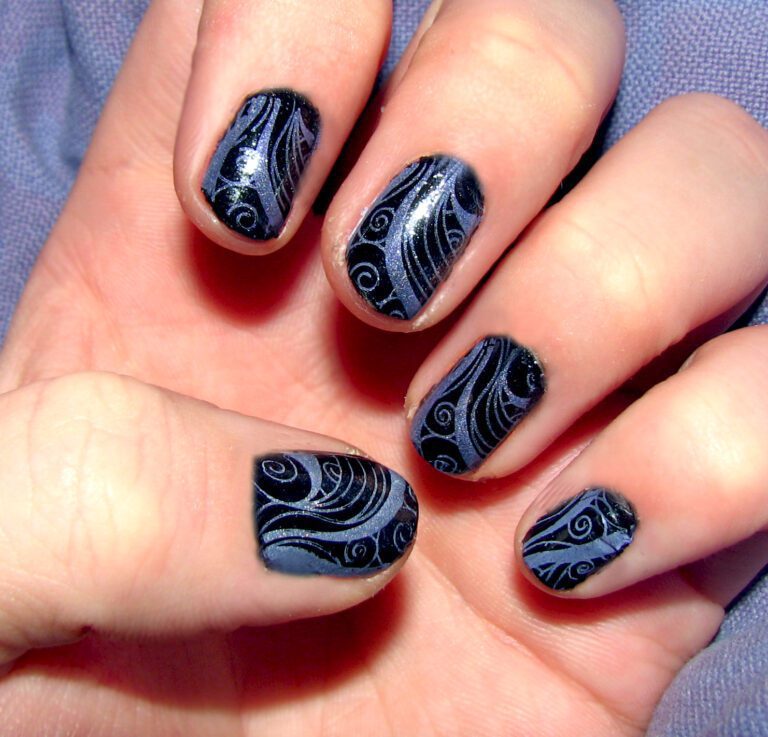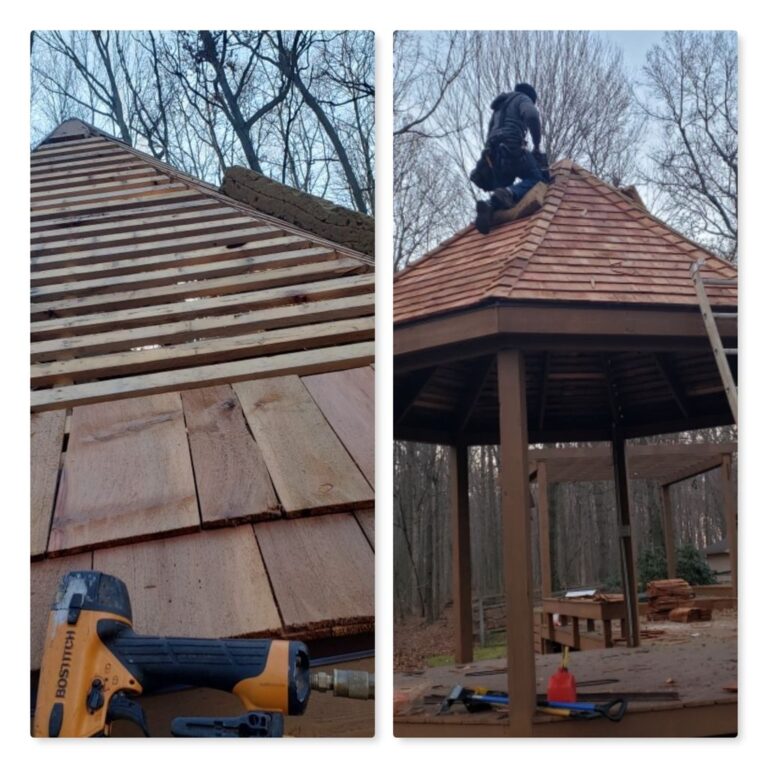“Nail Decisions: What Nails Should I Get?”
When it comes to choosing the right nails for your projects, there are several factors to consider, from the type of nail to the material and size. Understanding these aspects is crucial to achieving successful and durable results. In this article, we will explore the different types of nails, the best nail materials for various projects, nail sizes and their applications, as well as effective nail fastening techniques.
Key Takeaways
- Choose the right nail material based on the project requirements and environmental factors.
- Select the correct nail size for the specific material and project to ensure proper fastening.
- Use specialized nails for specific projects such as roofing, flooring, or woodworking.
- Master effective nail fastening techniques to prevent bending and breakage.
- Consider the properties of different nail materials, especially when working on outdoor projects.
Understanding Different Types of Nails

Common Types of Nails
When embarking on a construction or DIY project, understanding the common types of nails is crucial for success. Nails come in various shapes and sizes, each designed for specific applications. The most frequently used nails include:
- Finish Nails: These nails have a small head and are used where a discreet finish is required. They are ideal for trim and molding.
- Box Nails: Slightly thinner than common nails, box nails are designed for light construction and household use.
- Common Nails: With a thick shank and a wide head, common nails are strong and are used for rough framing and construction.
- Brad Nails: Brads are essentially small finish nails, perfect for attaching lightweight trim without splitting the wood.
Tip: Always choose a nail length that is three times longer than the thickness of the material you are fastening.
Each type of nail is designed to offer optimal holding power while minimizing wood splitting. For instance, a finish nail’s slender shank allows for a cleaner look, while the larger head of a common nail provides greater holding strength for structural projects.
Specialized Nails for Specific Projects
When tackling a project that requires a more tailored approach, specialized nails can be the key to success. These nails are designed with specific tasks in mind, such as roofing, masonry, or finish carpentry. For example, roofing nails have large, flat heads and short shanks to hold shingles in place, while masonry nails are made of hardened steel to penetrate concrete and stone.
Specialized nails come in various shapes and sizes, each suited to a particular material or application. It’s crucial to match the nail to the task to ensure a secure and lasting hold. Here’s a quick guide to some of the specialized nails you might encounter:
- Finish nails: For trim and molding, leaving a small, easily concealed hole.
- Drywall nails: Designed to secure drywall panels to wood framing.
- Flooring nails: Feature barbed shanks for a firm grip in flooring materials.
- Siding nails: Have a textured head to prevent slippage when holding siding in place.
Tip: Always consider the working conditions and the materials involved. Outdoor projects, for instance, require nails that can withstand the elements, such as those made from galvanized steel or stainless steel.
Choosing the Right Nail Material

Understanding the Properties of Different Nail Materials
When selecting nails for a project, understanding the properties of different nail materials is crucial. Each material offers unique benefits and limitations that can significantly impact the outcome of your work. For instance, steel nails are known for their strength and durability, making them a common choice for general construction. However, they are prone to corrosion when exposed to moisture, which is why galvanized steel, with its protective zinc coating, is often preferred for outdoor use.
Stainless steel nails are another excellent option, especially for projects that demand high corrosion resistance, such as those in coastal areas. Aluminum nails are lighter and also resist rust, but they are softer and not suitable for heavy-duty applications. Copper nails are less common but are used for their natural corrosion resistance and are often seen in roofing and slate applications.
Choosing the right nail material is not just about durability but also about compatibility with the materials being fastened. For example, using the wrong type of nail can cause chemical reactions with certain woods, leading to staining and degradation. Here’s a quick reference list of nail materials and their typical uses:
- Steel: General construction, framing, and interior work
- Galvanized steel: Outdoor structures, decks, and fences
- Stainless steel: Coastal environments, high moisture areas
- Aluminum: Light-duty work, trim, and siding
- Copper: Roofing, slate work, and historic restoration
Tip: Always consider the environment where the nails will be used. For outdoor projects, choose materials that can withstand the elements to prevent future repairs and maintenance issues.
Best Nail Materials for Outdoor Projects
When selecting the right nail material for outdoor projects, it’s crucial to consider the environmental factors that the nails will be exposed to. Stainless steel nails are highly recommended for outdoor use due to their exceptional resistance to rust and corrosion. Additionally, hot-dipped galvanized nails are a suitable choice for outdoor applications, providing durability and protection against the elements. It’s important to prioritize the longevity and performance of the nails in outdoor settings, and these materials offer the necessary reliability for such projects. When choosing the nail material, always prioritize quality and durability to ensure the success of your outdoor endeavors.
Nail Sizes and Their Applications

Determining the Correct Nail Size for Your Project
When determining the correct nail size for your project, it’s essential to consider the length and thickness required. The most common sizes for framing nails are 16d, 10d, and 8d. These sizes are suitable for various framing applications, and understanding their specific uses is crucial for achieving optimal results. Additionally, consulting with experts in the nail care industry can provide valuable insights into the best nail sizes for different projects. It’s important to carefully assess the requirements of your project and select the appropriate nail size to ensure structural integrity and durability. Implementing the right nail size is a fundamental step in the success of any construction or woodworking endeavor.
Using Different Nail Sizes for Various Materials
When using different nail sizes for various materials, it’s important to consider the material’s density and thickness. Selecting the right nail size ensures proper fastening and prevents damage to the material. Here are some key considerations:
- For softer materials such as wood, opt for shorter nails to avoid splitting.
- When working with dense materials like metal, longer nails provide better grip and stability.
It’s also essential to use the appropriate nail gauge for the selected size to ensure optimal performance and durability. Remember, the right nail size can make a significant difference in the success of your project.
Nail Fastening Techniques

Effective Techniques for Driving Nails
Mastering the art of driving nails is essential for both novice and experienced DIY enthusiasts. Proper technique not only ensures a secure fastening but also extends the life of your tools and materials. Here are some effective strategies:
- Pre-drilling pilot holes can prevent wood from splitting, especially near the ends of boards or when using larger nails.
- For better control and accuracy, grip the hammer near the end of the handle. This maximizes the swing’s power with less effort.
- When working in tight spaces, such as corners, using tools like needle-nosed pliers to hold the nail can provide better positioning and safety.
Tip: Always wear safety glasses to protect your eyes from flying debris when hammering nails.
Remember, the key to successful nail fastening is consistency in your technique. Practice makes perfect, and with time, driving nails will become second nature.
Preventing Nail Bending and Breakage
To prevent the frustration of bent or broken nails, it’s essential to understand the best practices for nail fastening. One key factor is the angle at which you drive the nail. A perpendicular angle to the work surface is ideal for minimizing bending risks. Additionally, using the correct hammer size can make a significant difference. A hammer that’s too heavy can cause the nail to bend under the force, while one that’s too light may not drive the nail effectively.
- Pre-drilling* pilot holes is another effective strategy, especially when working with hard materials or when near the edge of a board. This reduces the resistance encountered by the nail, allowing for a smoother entry. Here’s a simple list to remember:
- Use the right size hammer
- Drive nails at a perpendicular angle
- Pre-drill pilot holes for hard materials
Tip: When driving a nail, take your time and apply steady pressure. Rushing the process increases the likelihood of bending or breakage.
When it comes to nail fastening techniques, there are various methods to consider. Whether you’re a professional nail technician or a DIY enthusiast, knowing the right techniques can make all the difference in achieving stunning nail designs. At NAILinspire.com, we provide a comprehensive guide to nail fastening techniques, along with a wide range of nail art design ideas and inspiration. Visit our website today to explore the ultimate online nail art design library and take your nail art skills to the next level.
Frequently Asked Questions
What are the most common types of nails?
The most common types of nails include common nails, finish nails, and roofing nails.
When should specialized nails be used for specific projects?
Specialized nails should be used for specific projects when regular nails may not be suitable, such as using masonry nails for concrete projects.
What are the best nail materials for outdoor projects?
Stainless steel and galvanized nails are the best nail materials for outdoor projects due to their corrosion resistance.
How do I determine the correct nail size for my project?
The correct nail size for your project depends on the material you are fastening and the thickness of the material.
What are effective techniques for driving nails without bending or breaking them?
Effective techniques include using the right hammer, holding the nail at the correct angle, and ensuring proper support behind the material being nailed.
Can different nail sizes be used for various materials?
Yes, different nail sizes should be used for various materials to ensure proper fastening without causing damage to the material.








